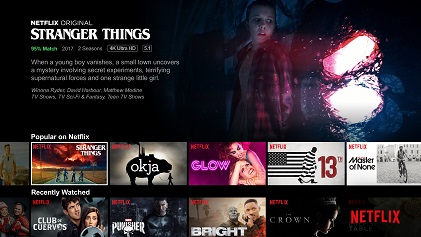By Samual D. James - Posted at Digital Liturgies:
How Netflix, the iPod, and Facebook All Depict an Internet-Fueled Cultural Regression
At the risk of generational hubris and a very obnoxious kind of nostalgia, I would like to submit to you that circa 2008, Americans were, if not happier, at least having more fun. I would further like to submit to you that the dampening of this joviality is directly related to what I am calling connectivity: both the way that more and more of our life is mediated by the Internet, and also the transformation of nearly all of our tools and pastimes into vehicles that mediate an ambient world wide Web.Connectivity describes both a technological progression and a cultural state. Connectivity happens to people as well as devices. It has happened to nearly every American adult via the smartphone, and it has permanently transformed mediums such as film and music. If an American in their late 20s or early 30s were to have fallen into a coma in 2008 and woken up in 2022, they would find not only that the culture has changed in the way that all cultures do (new personalities, new technologies, new fashions, etc.), but the way they experience that culture has transformed in a way they may not have a category for. It’s that transformation I am proposing to call connectivity, and I believe connectivity can be illustrated efficiently in the lifespans of three particular cultural artifacts, all of which ascended into cultural dominance in the latter half of the 2000s. By 2008, all of these cultural artifacts were powerful and profitable, but also by 2008, all three were poised to undergo fundamental changes that would prove irreversible—changes brought about primarily, I will argue, by connectivity.
